The USDA has announced the absence of Trichinella in commercial U.S. pork. Researchers tested 3.2 million pigs over 54 months at twelve processing locations.
They found zero infections, confirming a negligible public health risk. This study marks a significant milestone in U.S. food safety efforts.
PQA+ Program: Ensuring Pork Quality and Safety

The Pork Quality Assurance Plus program drives safety in U.S. pork production. It covers food safety, animal welfare, and environmental stewardship.
The program implements five key practices to prevent Trichinella exposure. PQA+ certification has been adopted by over 71,000 pork producers nationwide.
Historical Context: Trichinosis Through the Ages

Ancient societies recognized the dangers of undercooked pork consumption. The Romans implemented dietary laws discouraging pork consumption.
Scientists first observed Trichinella parasites in 1835. By the mid-1800s, researchers established the link between trichinosis and pork.
Modern Eradication: Tackling Trichinosis Head-On
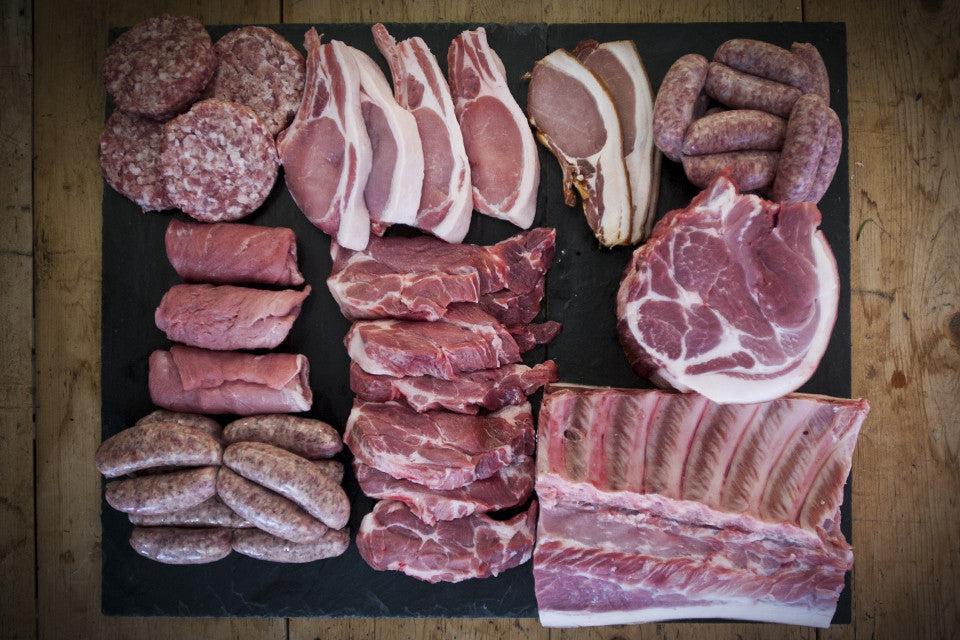
The 20th century saw significant progress in controlling trichinosis. Improved veterinary practices reduced Trichinella prevalence in domestic pigs.
Public health campaigns emphasized thorough pork cooking. These efforts have led to a 90% decrease in trichinosis cases since the 1940s.
Beyond Trichinella: Other Pork Safety Concerns
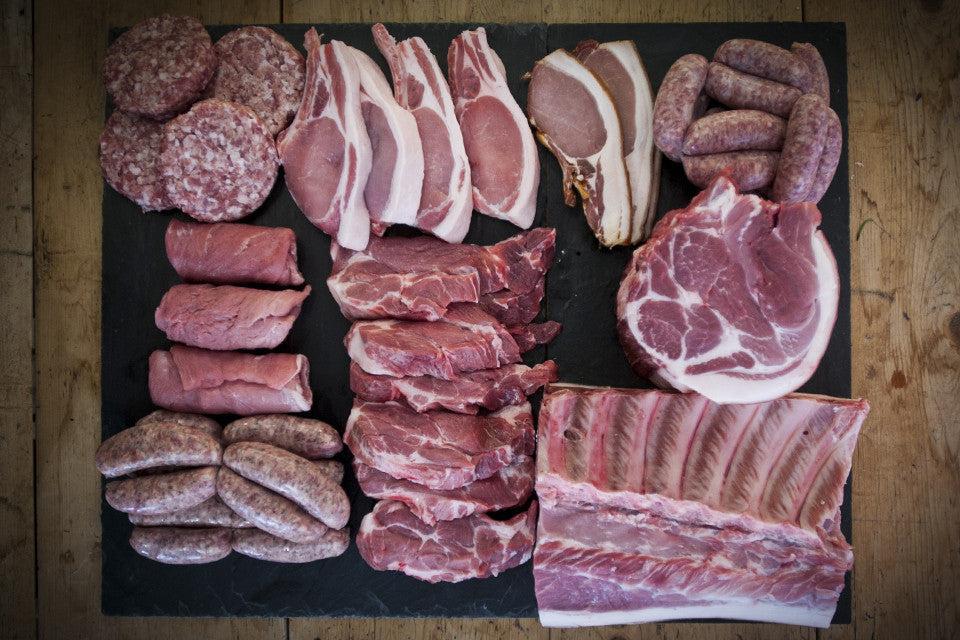
While Trichinella is now rare, other pathogens remain a concern. Salmonella affects about 1 in 25,000 pork samples.
E. coli contamination occurs in approximately 2% of pork products. Proper handling and cooking reduce these risks significantly.
Global Perspective: Pork Safety Around the World
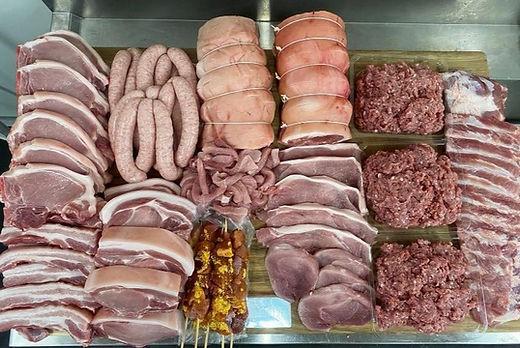
Trichinella remains a concern in some parts of the world. Eastern Europe reports up to 3.5 cases per 100,000 people annually.
In contrast, the U.S. now sees fewer than 20 cases per year. International trade regulations often require Trichinella testing for imported pork.
Consumer Habits: Changing Perceptions of Pork
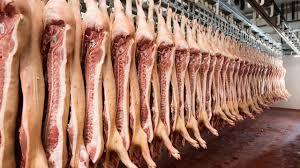
Despite improved safety, some consumers remain cautious about pork. A 2022 survey found 22% of Americans still avoid pork due to safety concerns.
However, U.S. pork consumption has increased by 7% since 2015. Educational efforts continue to address lingering misconceptions.
Technology’s Role in Ensuring Pork Safety
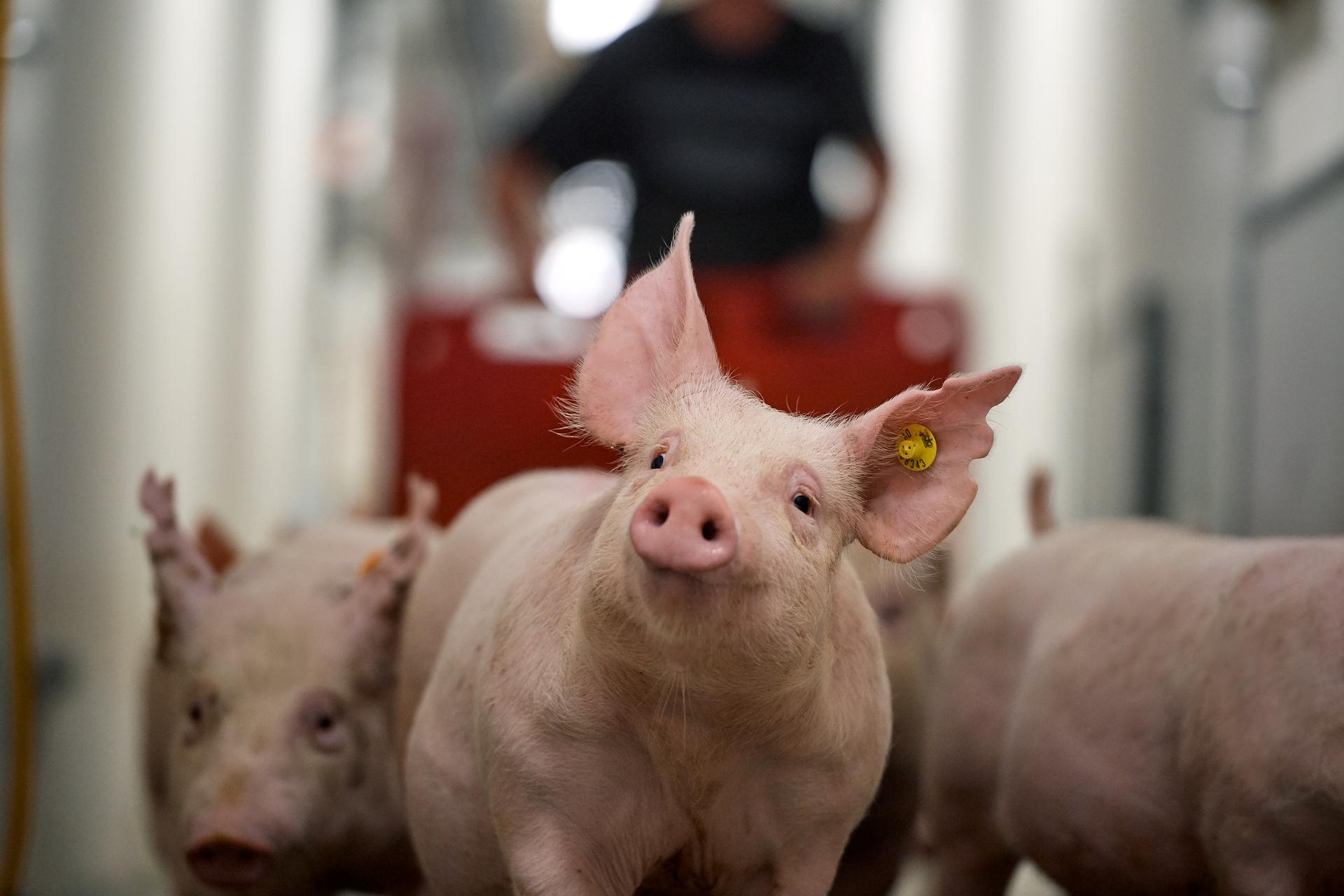
Advanced testing methods now detect Trichinella at levels of 1 larva per 100 grams. DNA-based tests can identify multiple foodborne pathogens simultaneously.
Irradiation technology, approved for pork in 1985, can eliminate up to 99.9% of harmful bacteria. These innovations contribute to safer pork products.
Economic Impact of Improved Pork Safety

The U.S. pork industry, valued at $23.4 billion annually, benefits from safety improvements. Export markets have expanded, with pork exports reaching $7.7 billion in 2022.
Reduced foodborne illness outbreaks save an estimated $25 million in healthcare costs annually. Consumer confidence in pork safety drives continued market growth.
Future Challenges: Maintaining Pork Safety Standards

Ongoing vigilance is crucial to maintain pork safety standards. Climate change may affect parasite distribution and prevalence.
Antibiotic resistance poses new challenges in livestock management. Continued research and adaptation of safety protocols will be essential to address emerging threats.

